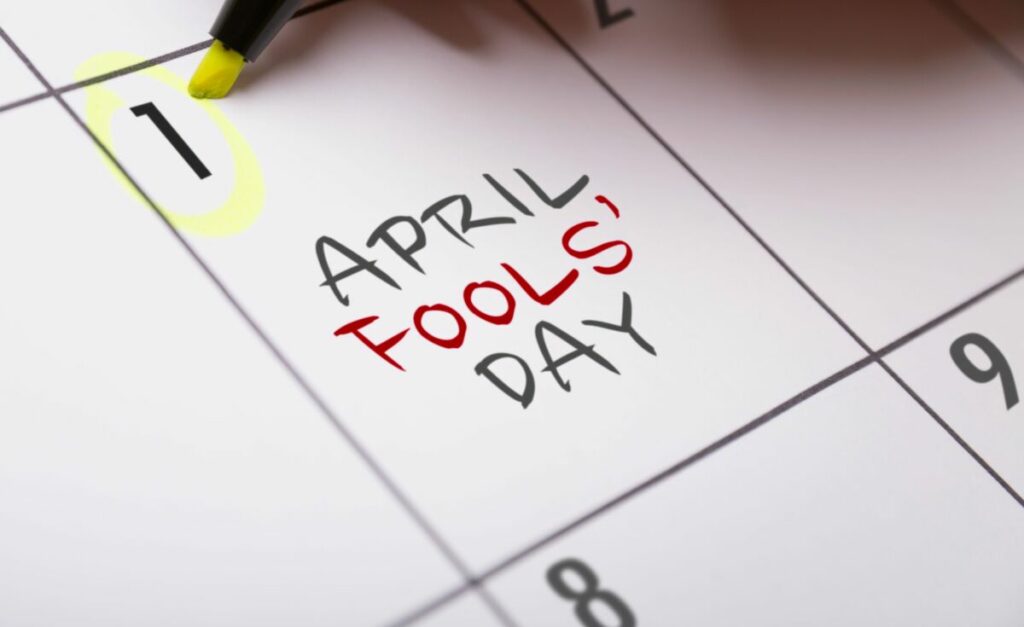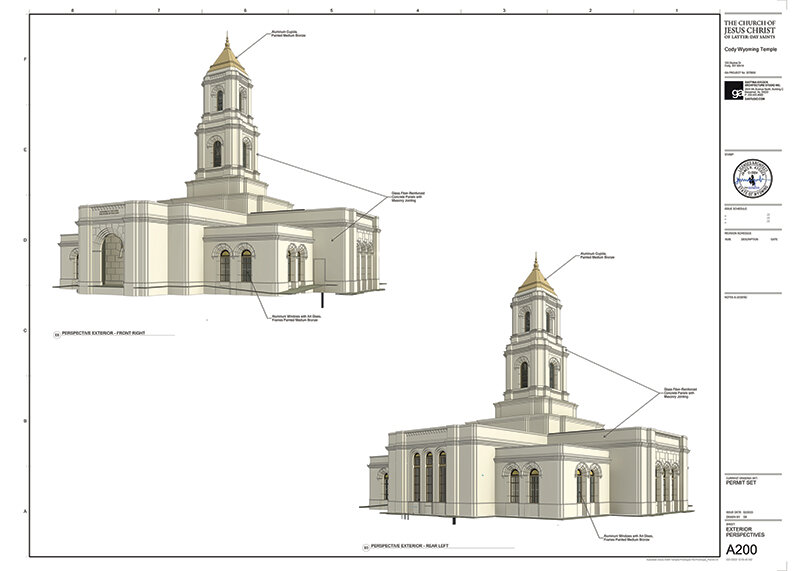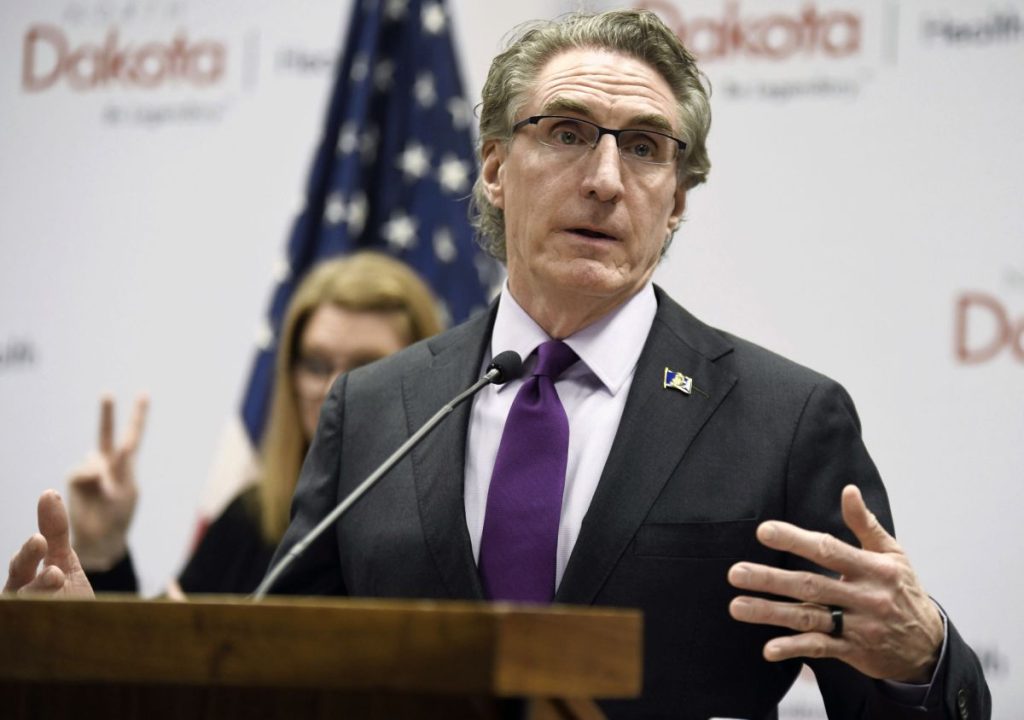Yellowstone Biking Guide: 3 Vital Tips for Biking in Yellowstone
Written by Nick on May 27, 2023
Yellowstone Biking: An Exhilirating Way to Experience America’s First National Park
If you really want to push yourself and take on a new challenge, biking in Yellowstone is a fantastic means of exploring one of the world’s premier natural treasures.
But before you go, there are a few important things you should know about Yellowstone biking. In addition to the rules and regulations, you should know what to expect in terms of fees, weather impacts, and other unique factors for which you should prepare.
Here’s a helpful guide with tips for planning your Yellowstone biking adventure. Use this information to make the most out of your trip and avoid hitting any snags while biking in Yellowstone.
Yellowstone Biking Rules and Restrictions
There are a few things you must do — or, conversely, absolutely cannot do — while biking in Yellowstone. Here are the crucial regulations from the National Park Service:
- Bikes must adhere to all traffic rules which apply to automobiles in Yellowstone.
- Bicyclists must ride on the right shoulder in single file.
- Wild animals always have the right of way. Remember, the Yellowstone region is bear country, so check out our bear safety tips for visitors.
- Bicyclists may only ride during daylight hours.
- Bicyclists may only camp in developed campgrounds, which require reservations. It’s best to book well in advance.
What and Where Can I Ride While Biking in Yellowstone?
During the summer season, bicyclists can use all the same established public roads as automobiles, as well as certain roads that may be closed to automobiles during the fall and spring seasons.
Backcountry trails, boardwalks, and oversnow routes are never open for Yellowstone biking.
As far as what you can ride, the park permits mountain bikes, road bikes, and class 1 and 3 e-bikes.
If you go biking in Yellowstone during the spring, keep in mind that the spring cycling season typically begins sometime in early April, though the date may vary.
Remember, springtime in the Rockies can bring heavy snowfall, and you shouldn’t count on park snowplows running during weekends. Springtime Yellowstone biking is a dicey proposition, but that doesn’t mean you can’t enjoy it.
The fall season begins once park roads close to public motorized traffic, usually in November. The fall Yellowstone biking season ends each year once snowplows stop running.
The fall season doesn’t include all park roads, and not all road segments may be open each year. These are the possible options for biking in Yellowstone during the fall:
- 49 miles from Mammoth Hot Springs to the West Entrance
- 22 Miles from the South Entrance to West Thumb
- 16 Miles from Madison Junction to Old Faithful
- 6 miles from Tower Fall to Chittenden Road
- 6 Miles from the East Entrance to the east side of Sylvan Pass
In addition to the highways, there are nine trails for mountain biking in Yellowstone:
- Riverside Bike Trail (1-2 hours)
- Old Lake Road Bike Trail (1-2 hours)
- Old Faithful Lower General Store to Morning Glory Pool (1-2 hours)
- Natural Bridge Bike Trail (2-3 hours)
- Lone Star Geyser Bike Trail (2-4 hours)
- Fountain Freight Road (2-4 hours)
- Abandoned Railroad Bed Bike Trail (2-4 hours)
- Mount Washburn Bike Trail (2-5 hours)
- Bunsen Peak Loop (4-6 hours)
Yellowstone Biking Safety
As with all outdoor recreation, the best thing you can do is be prepared. For Yellowstone biking, that means you should wear a helmet and high-visibility clothing.
It’s also best to dress in layers so you can adapt to warming or cooling temperatures while biking in Yellowstone. In addition, pack plenty of food and water as well as a bike repair kit.
Here are a few safety considerations for biking in Yellowstone:
- Expect heavy vehicle traffic along with minimal or nonexisten shoulders and poor visibility.
- There are no Yellowstone biking paths along the park’s roadways.
- Drivers in Yellowstone often don’t see cyclists and routinely do not give them enough space. They also tend to pass on blind curves and hill crests, or in traffic.
- Be aware of wide mirrors on RVs and other vehicles.
- Reduce speed as you approach intersections and always make eye contact with drivers before crossing to ensure they see you.
- Ensure you are physically prepared before your Yellowstone biking adventure, as you’ll be riding anywhere from 5,300 to 8,860 feet above sea level, and the elevation takes a toll.
- Expect to ride 20-30 miles between destinations without services.
- Be careful mounting and dismounting e-bikes, as they are considerably heavier than normal road bikes.
Yellowstone Biking Entrance Fee
We saved this part for the end because it’s the least fun, but still, cyclists pay a lot less to enter the park than some other folks.
Each person on a bike will pay an entrance fee of $20 at whichever gate you use to access Yellowstone. Each entrance permit is non-transferrable and good for seven consecutive days.
For more information about getting into the park, check out our guide to Yellowstone entrance fees.




